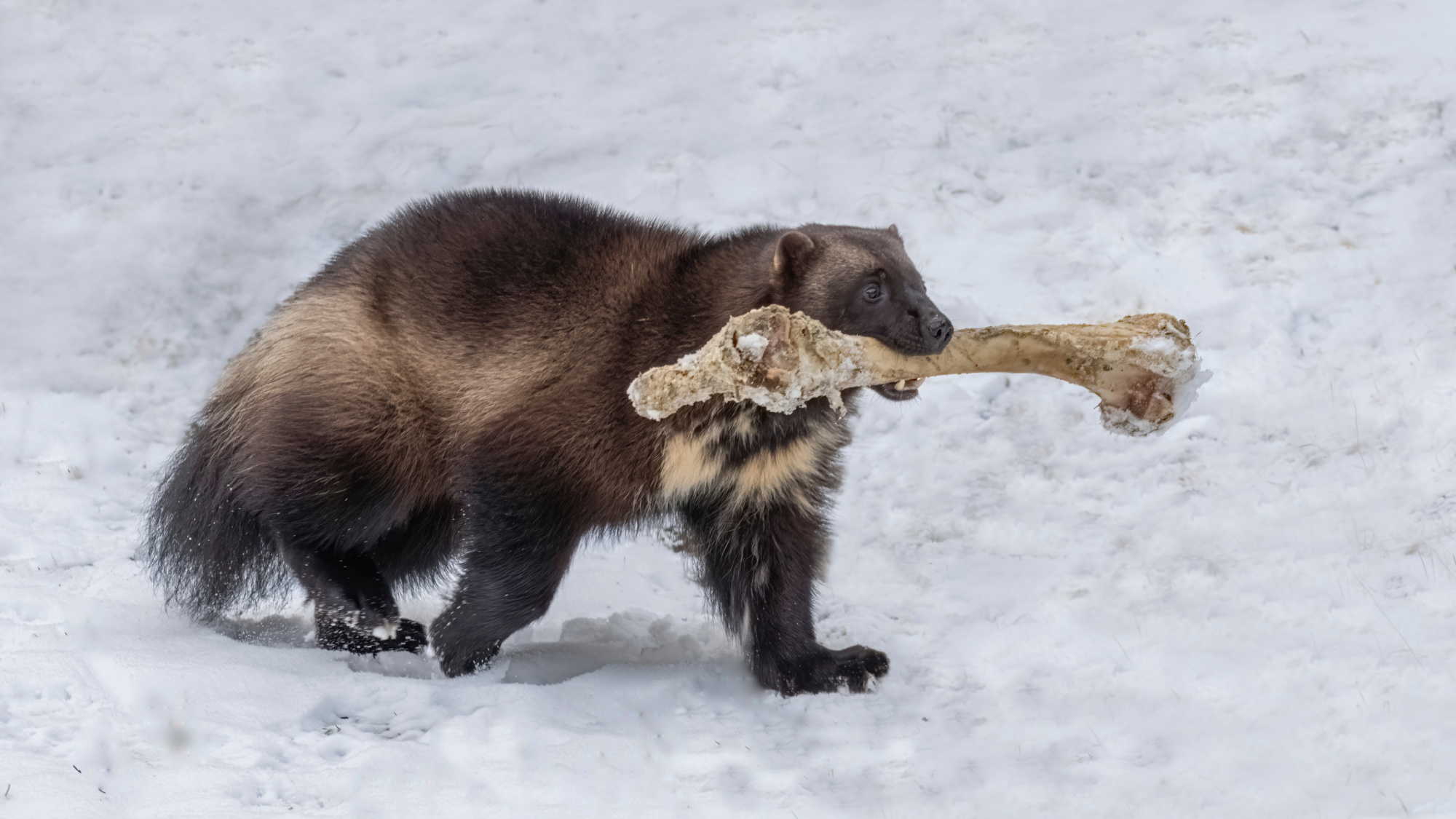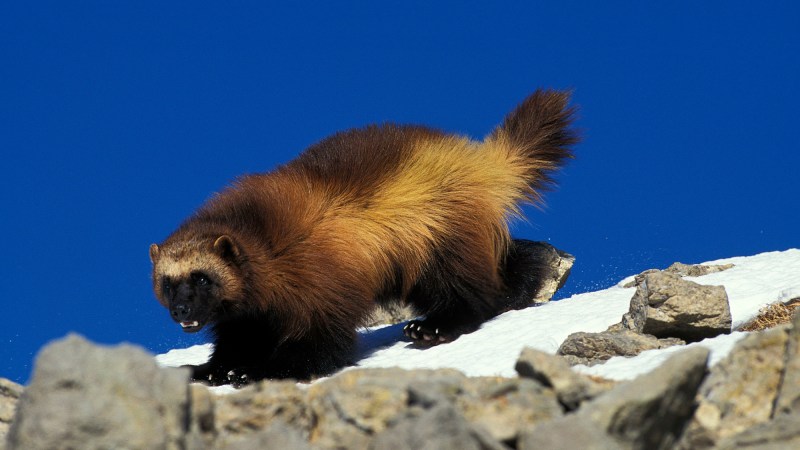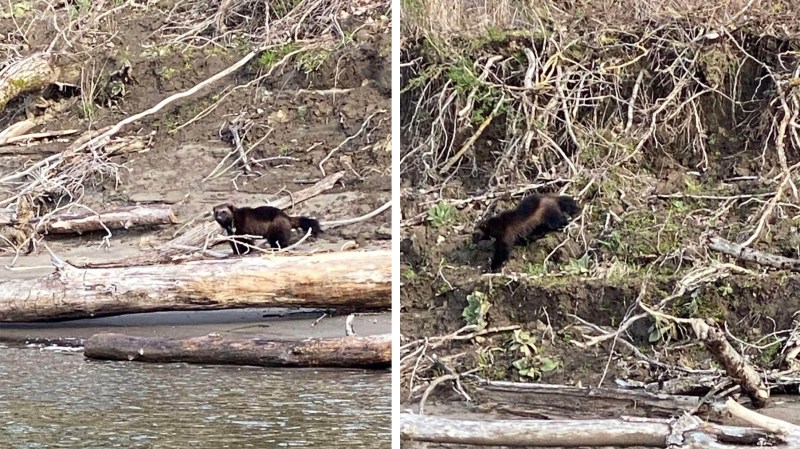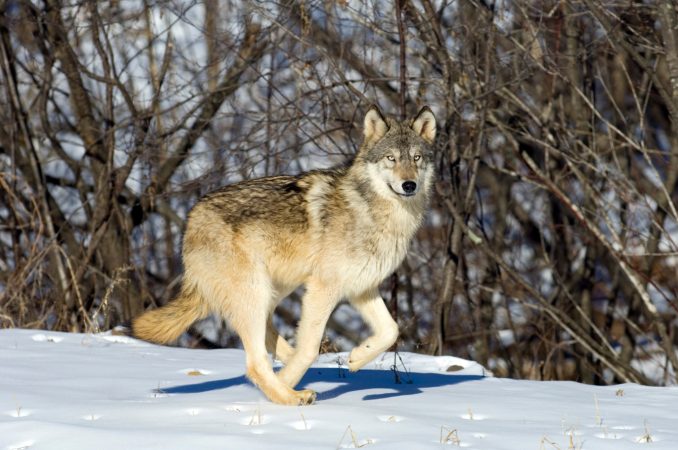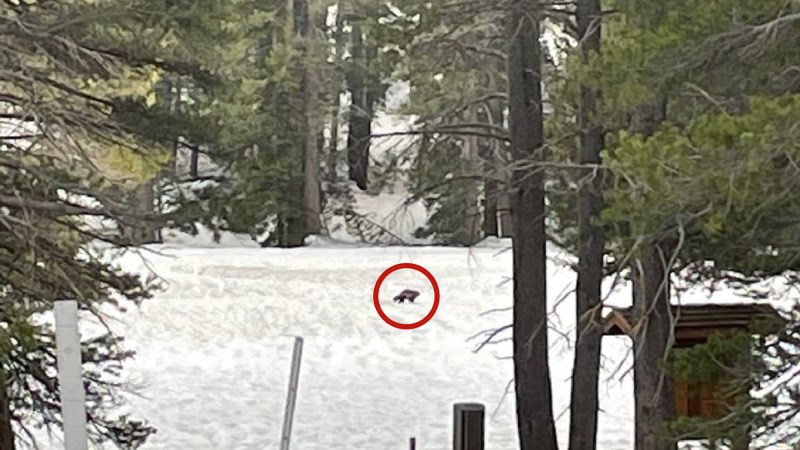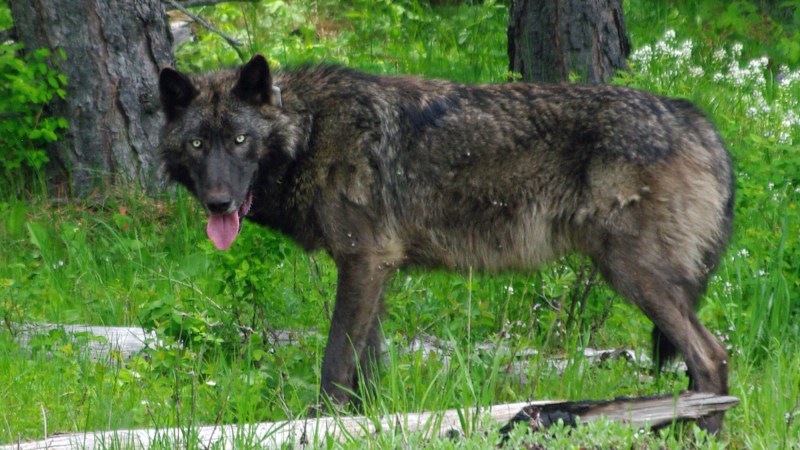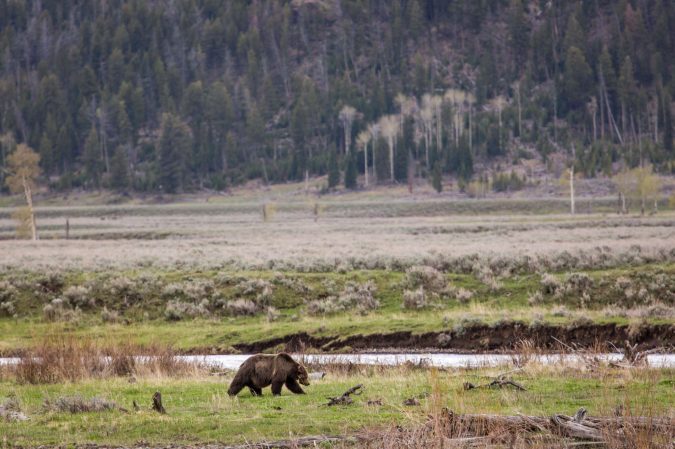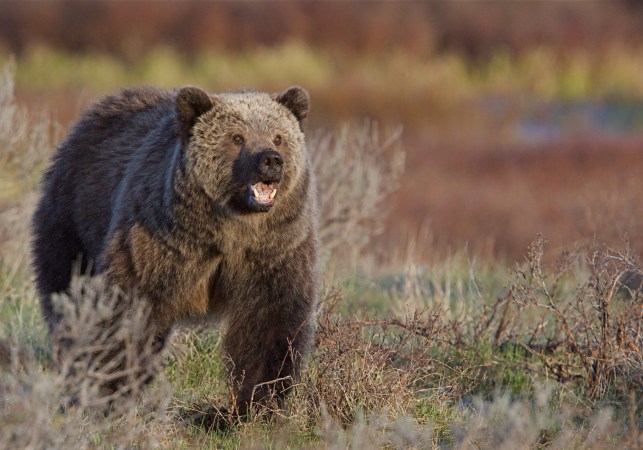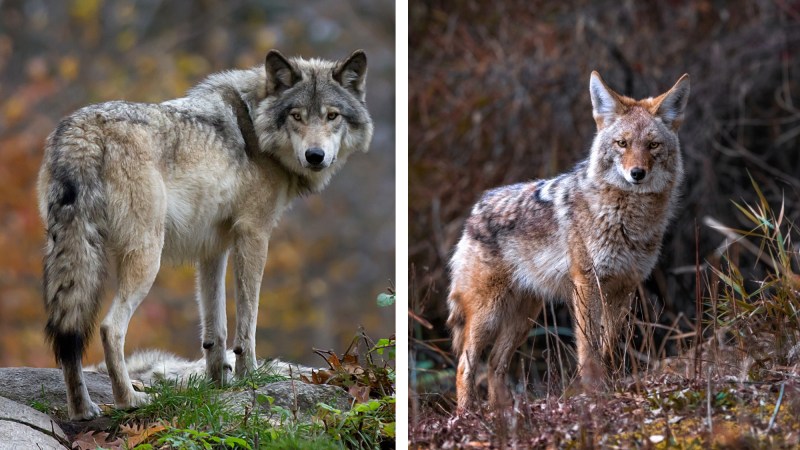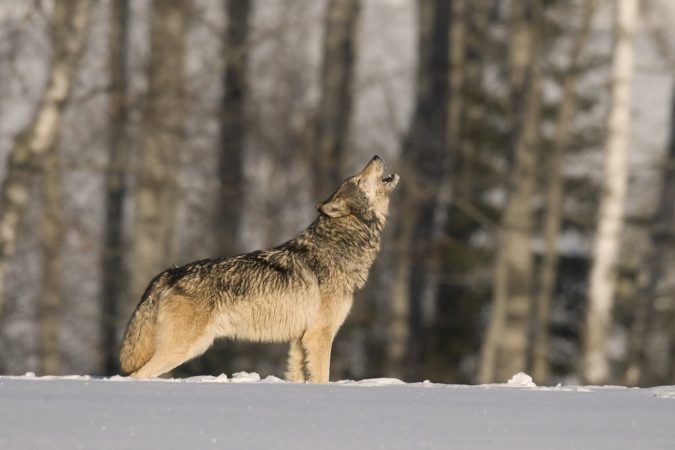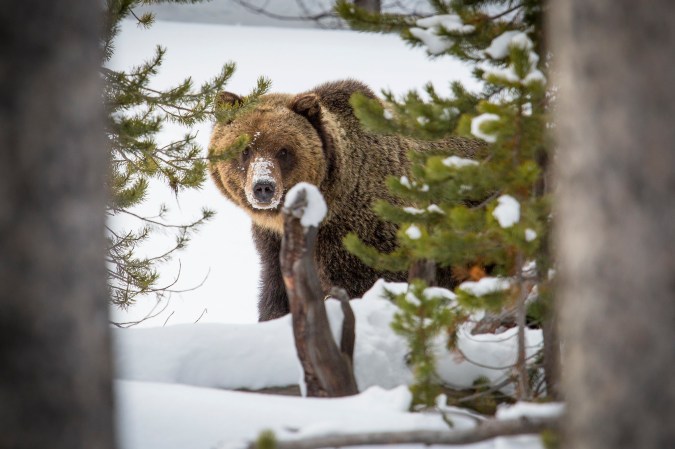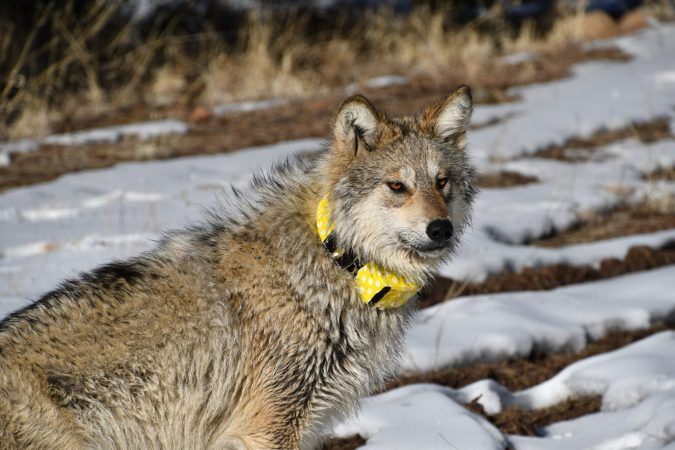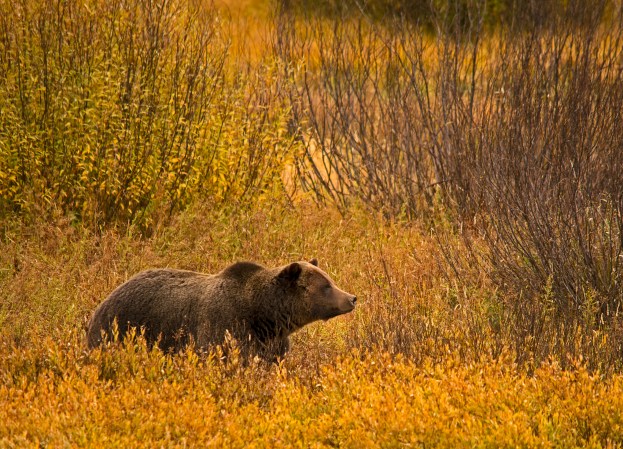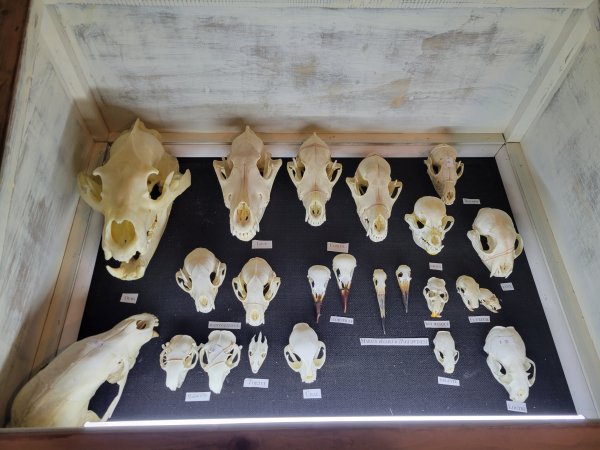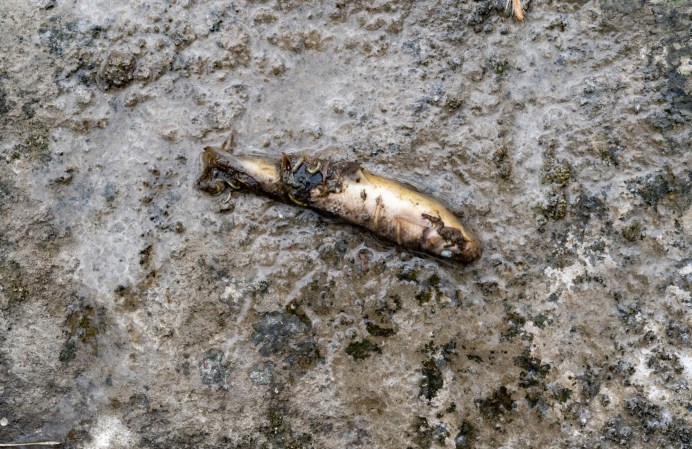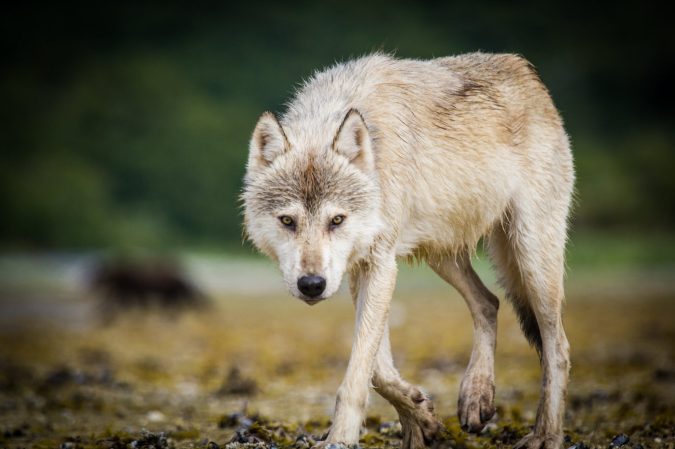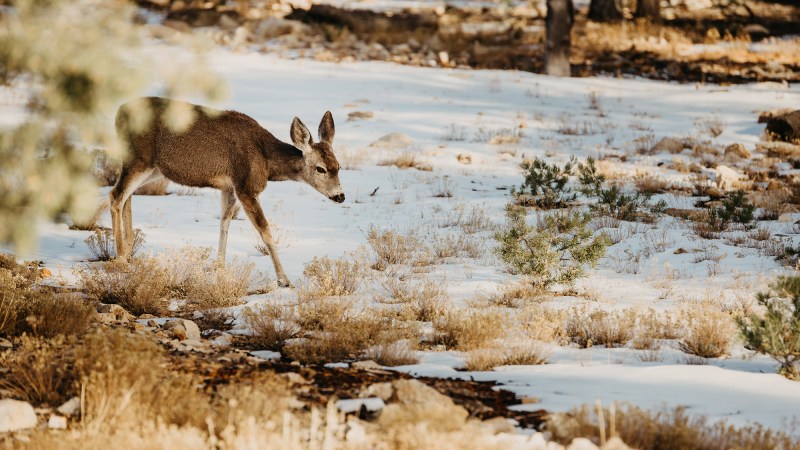A decade of research, litigation, and listing proposals has resulted in the U.S. Fish and Wildlife Service classifying wolverines as threatened in the Lower 48, the USFWS announced on Wednesday. This classification will add the elusive mustelid species to the federal endangered species list and apply the protections of the Endangered Species Act to every wolverine across its home range in the Rockies, Cascades, Sierra Nevadas, and other high-alpine mountain ranges in the Lower 48. (For more on the history of wolverines and the listing debate, read here.)
Along with the threatened classification, the USFWS is considering an additional rule that would exempt take of wolverines by researchers and forest managers from federal charges stemming from ESA violations. It would also protect lawful trappers who accidentally catch wolverines while targeting other furbearer species. Under the ESA, to “take” includes to “harass, harm, pursue, hunt, shoot, wound, kill, trap, capture, or collect, or to attempt to engage in any such conduct.” Any take of a listed species can result in $25,000 to $50,000 in fines and potential jail time. A 60-day comment period on the interim 4(d) rule begins on Nov. 30.
“Current and increasing impacts of climate change and associated habitat degradation and fragmentation are imperiling the North American wolverine,” USFWS Pacific regional director Hugh Morrison said. “Based on the best available science, this listing determination will help to stem the long-term impact and enhance the viability of wolverines in the contiguous United States.”
Read Next: Wolverine Spotted in Western Oregon for the First Time in Over 30 Years
The endangered species list includes species that are both threatened and endangered. Species listed as threatened are at severe risk of becoming endangered, while species listed as endangered are at severe risk of becoming extinct in part or all of their range. At most, 300 wolverines live in the Lower 48. Due to their tendency to stay in remote alpine ecosystems and avoid humans, they are especially difficult for biologists to study. Population counts are difficult to nail down, and there’s a chance that the total number of wolverines is actually much lower than 300.
In Alaska, wolverine populations are considered stable and are a legally trappable species.

